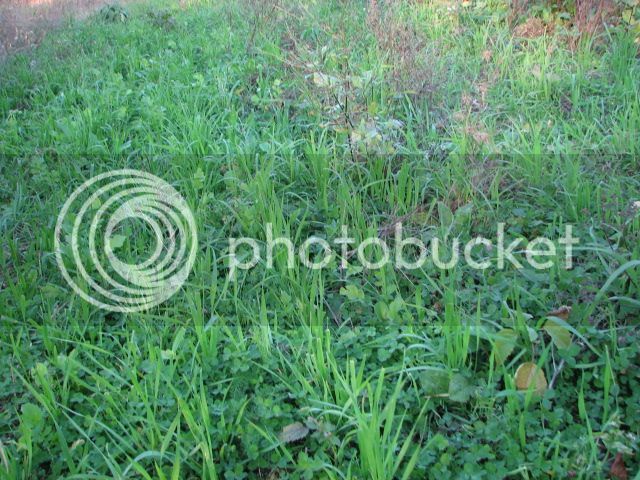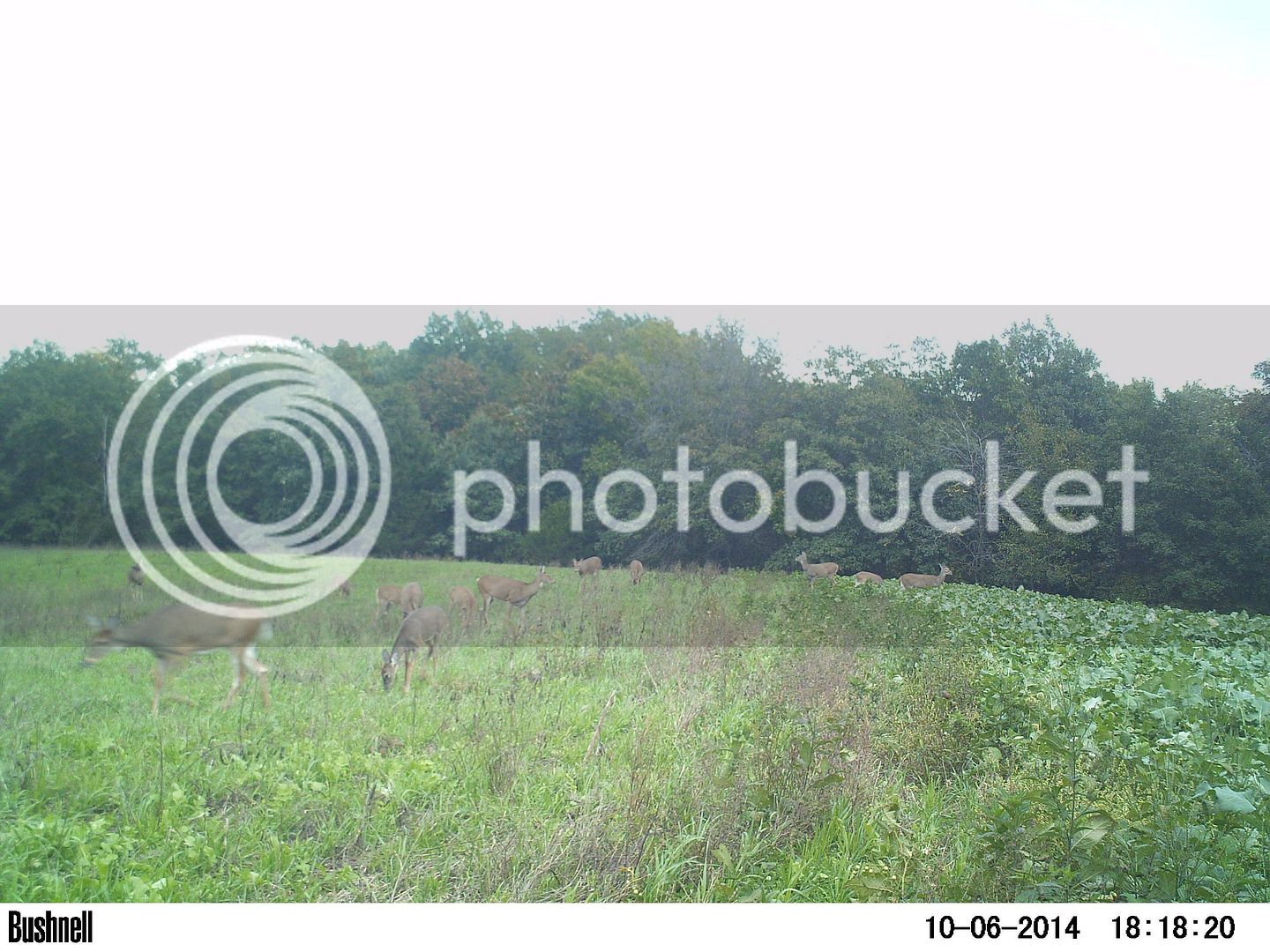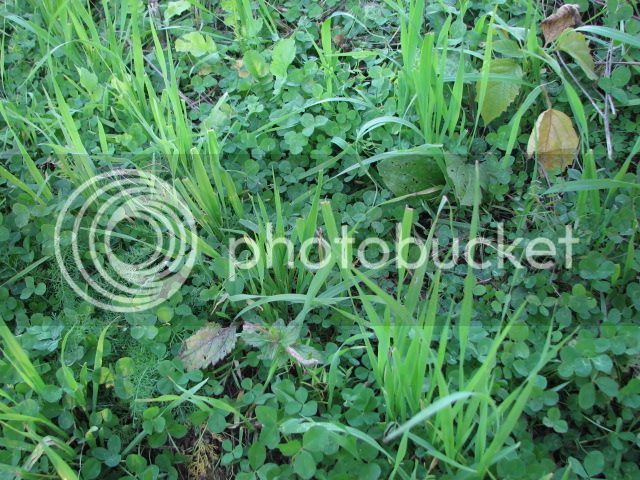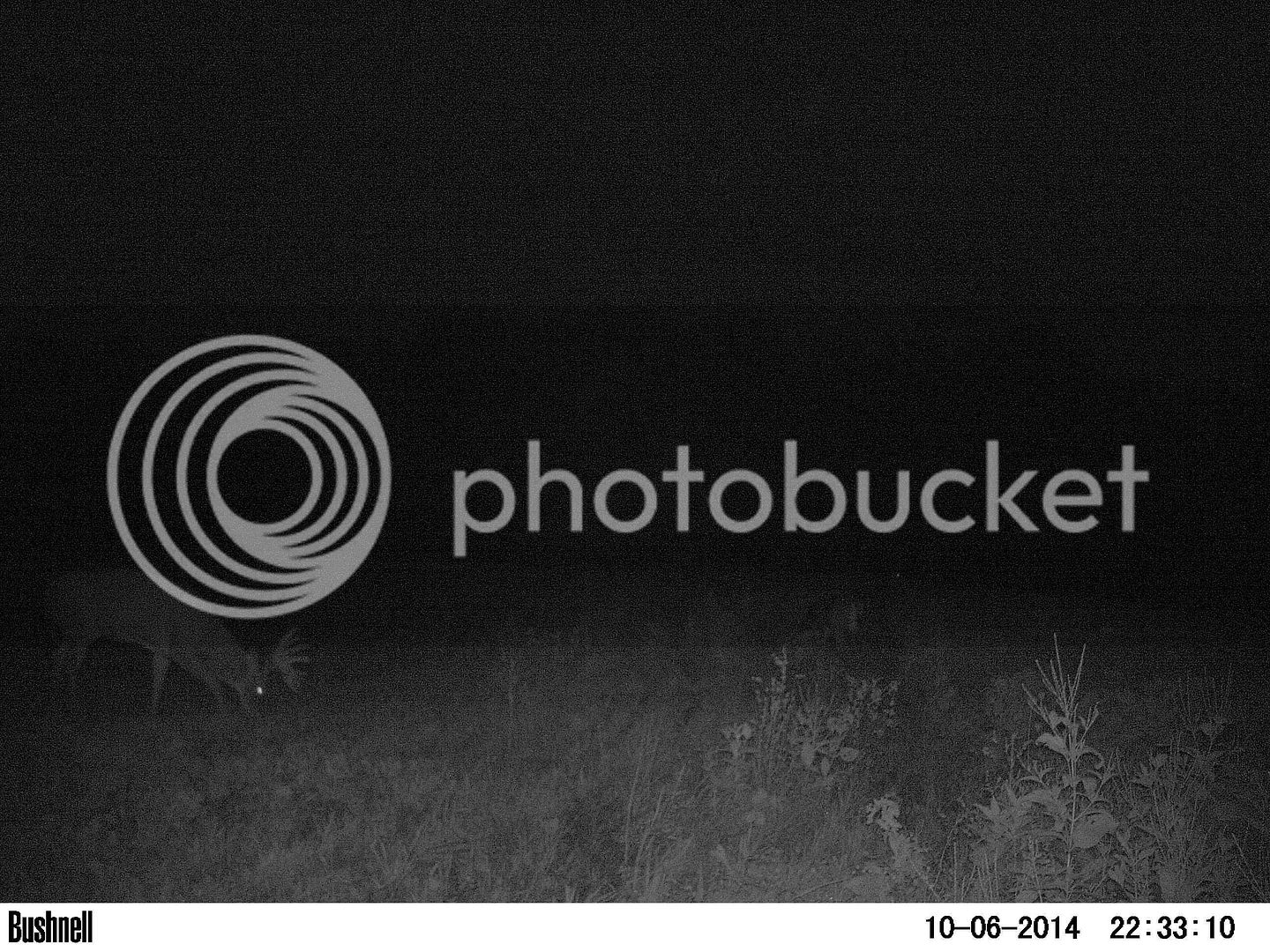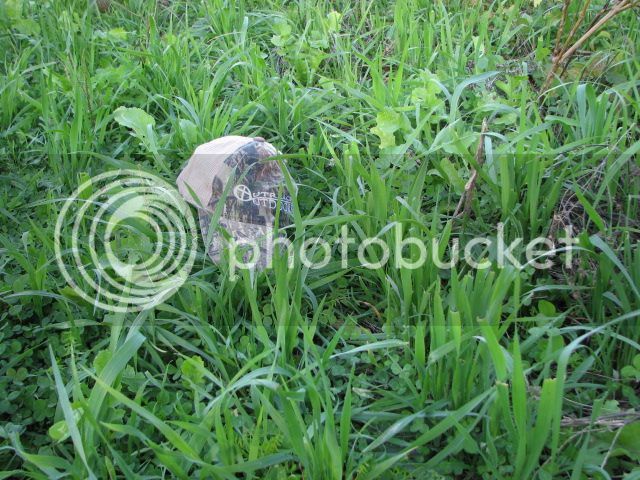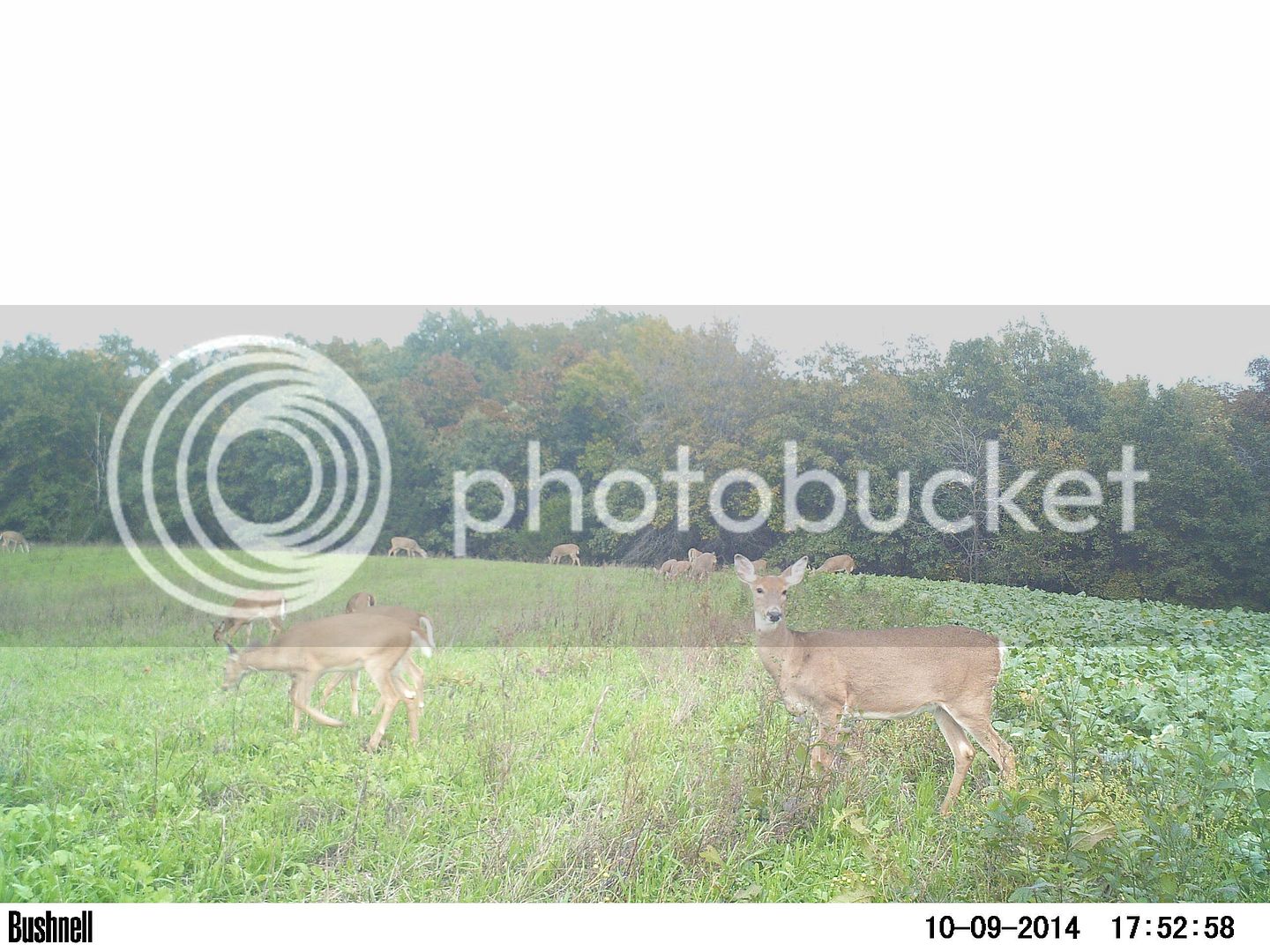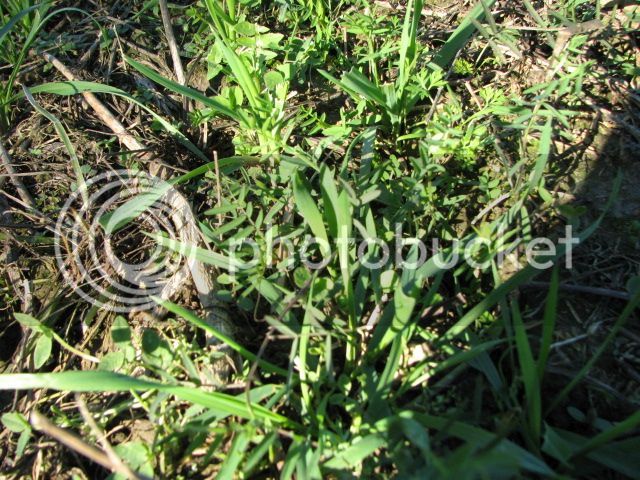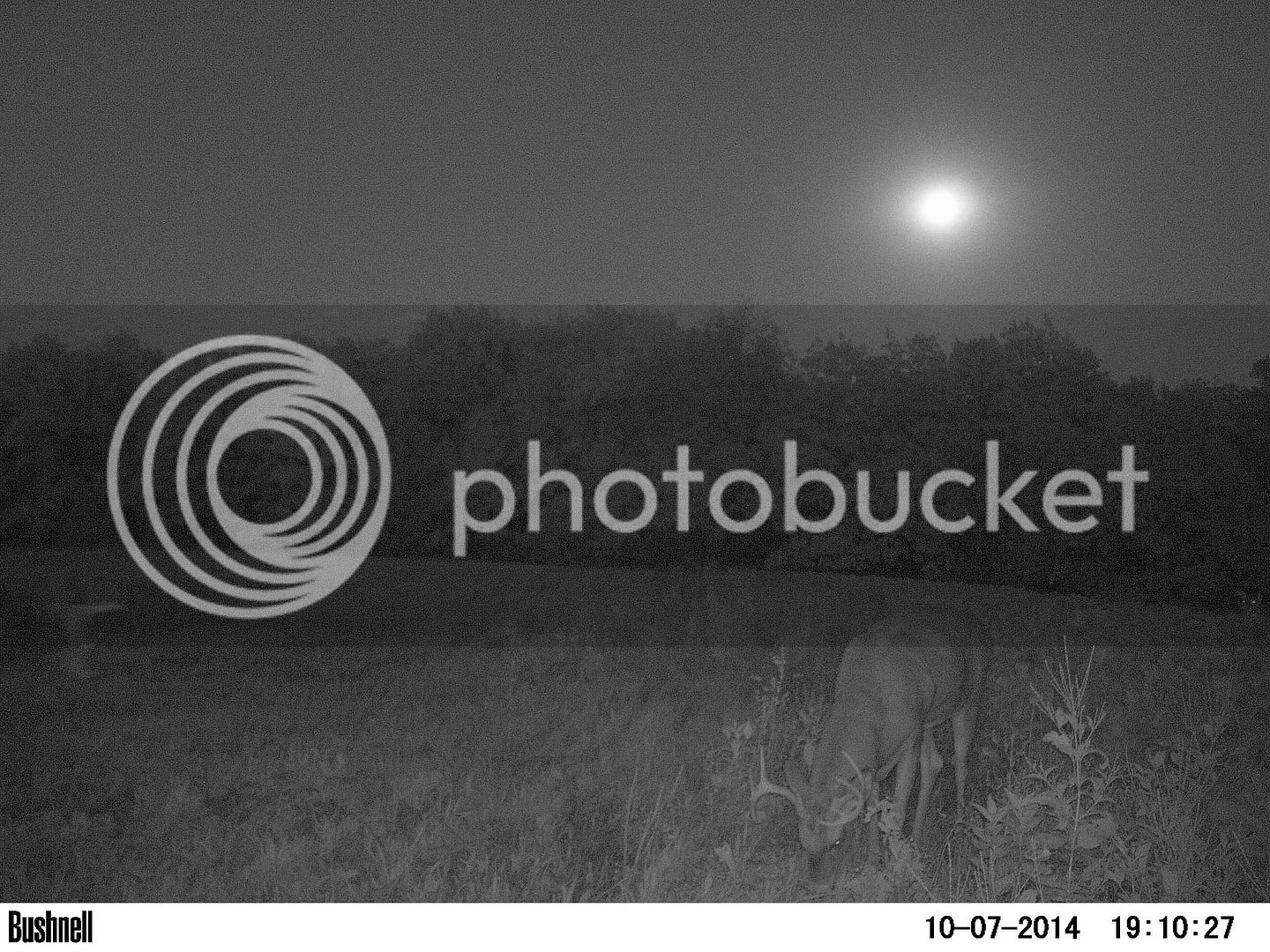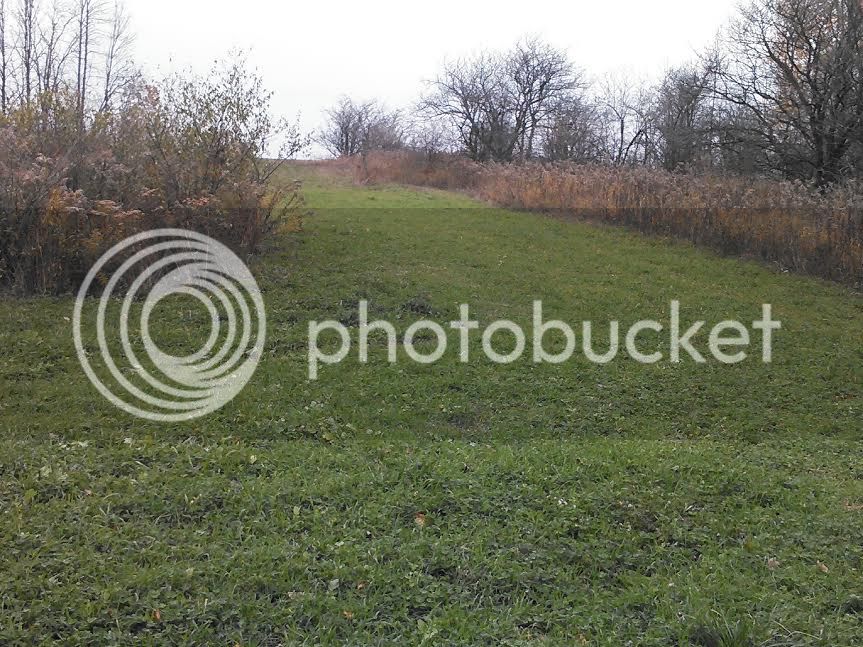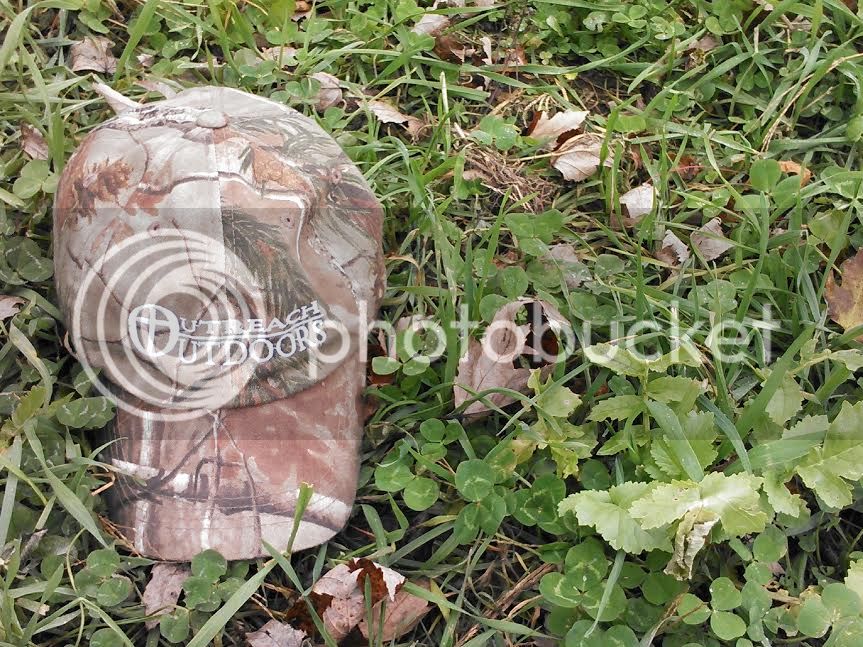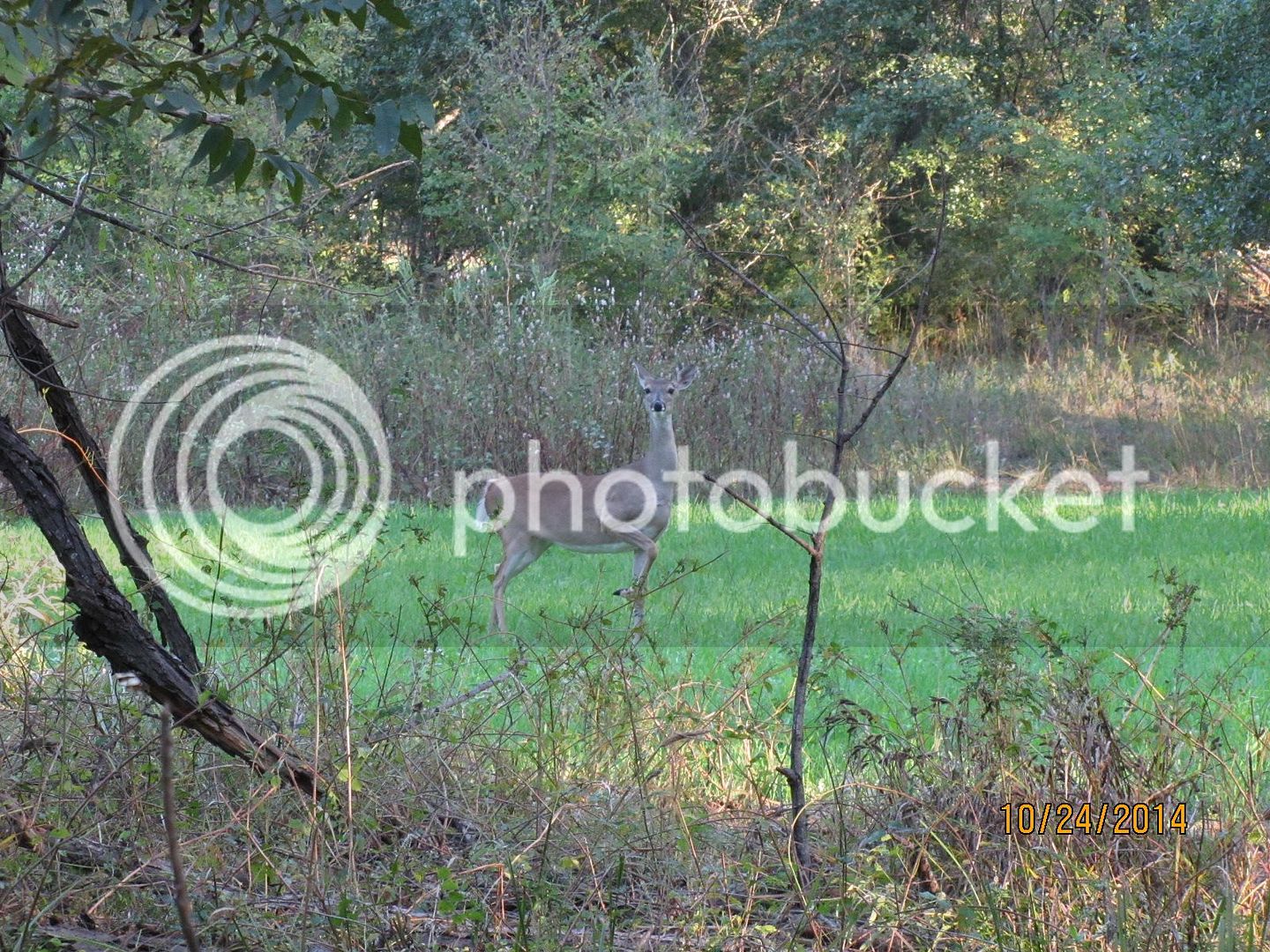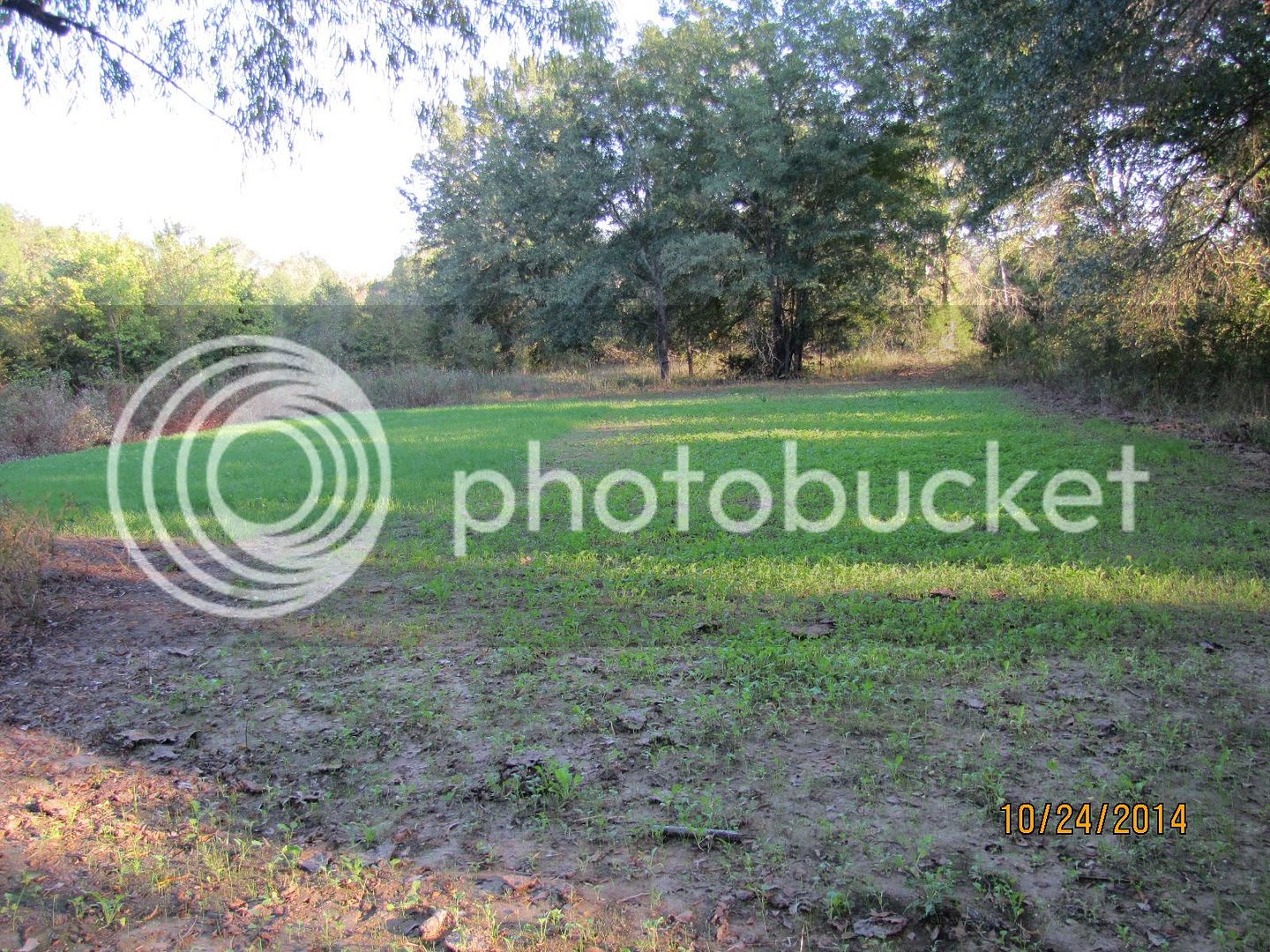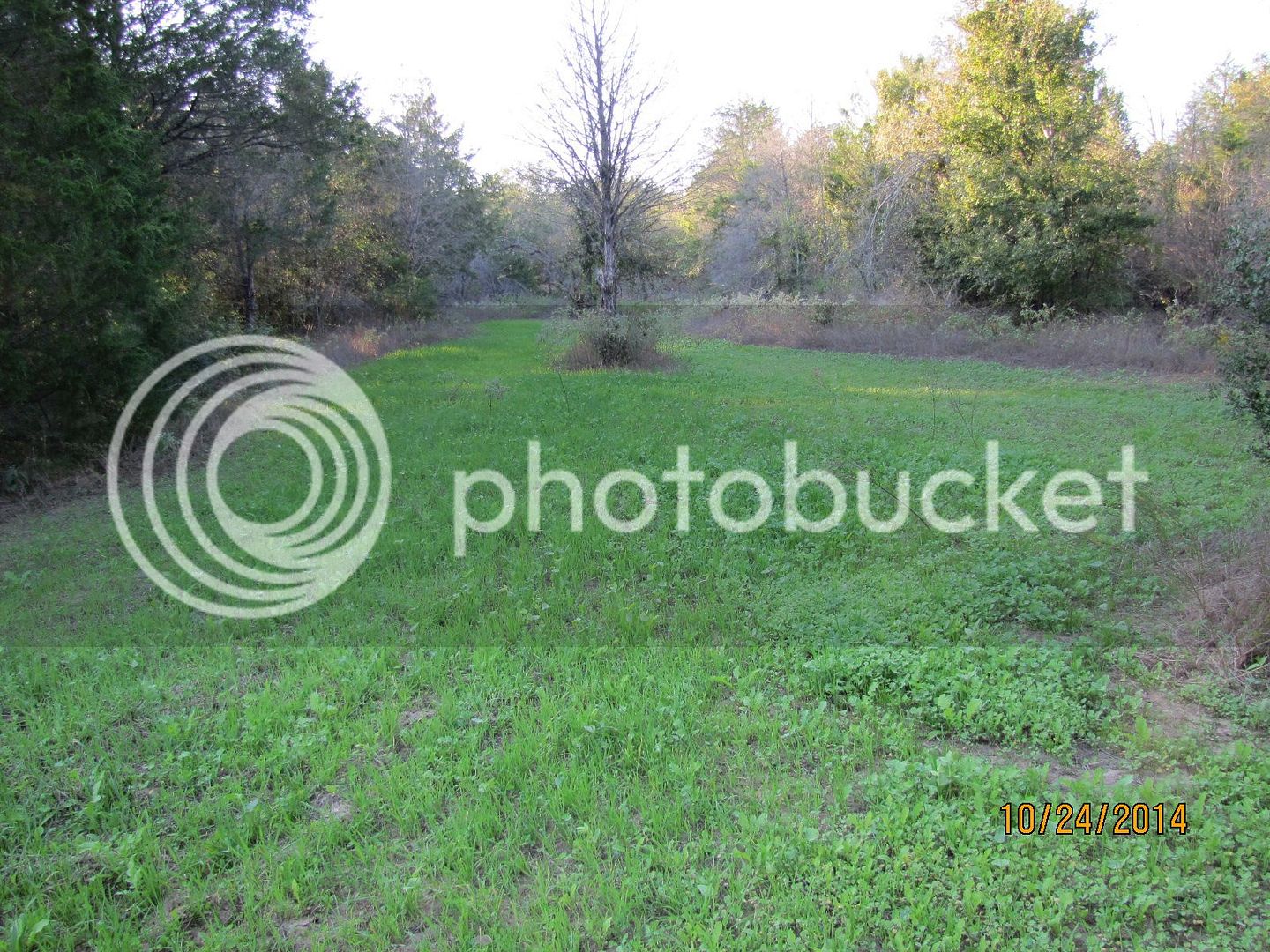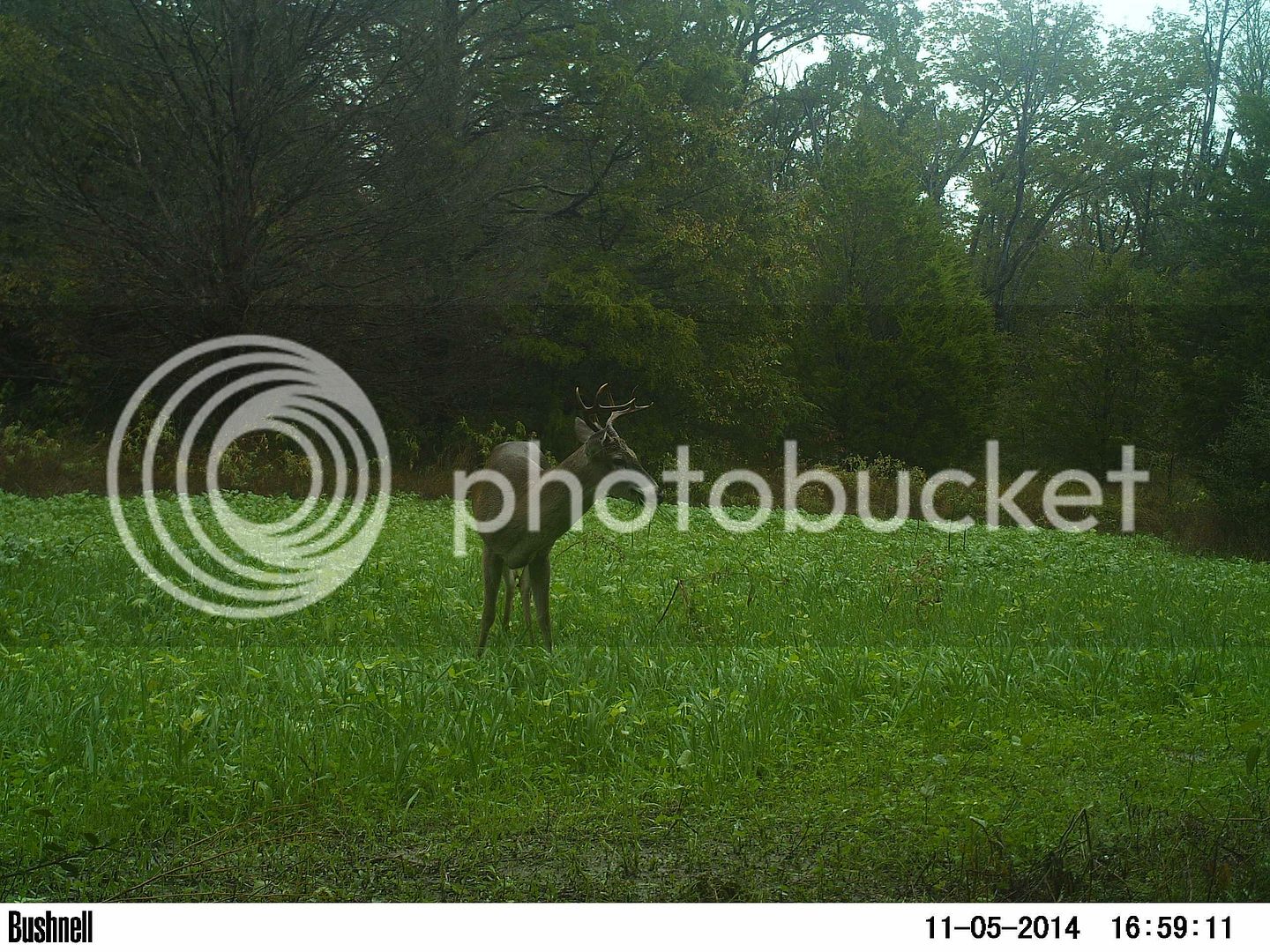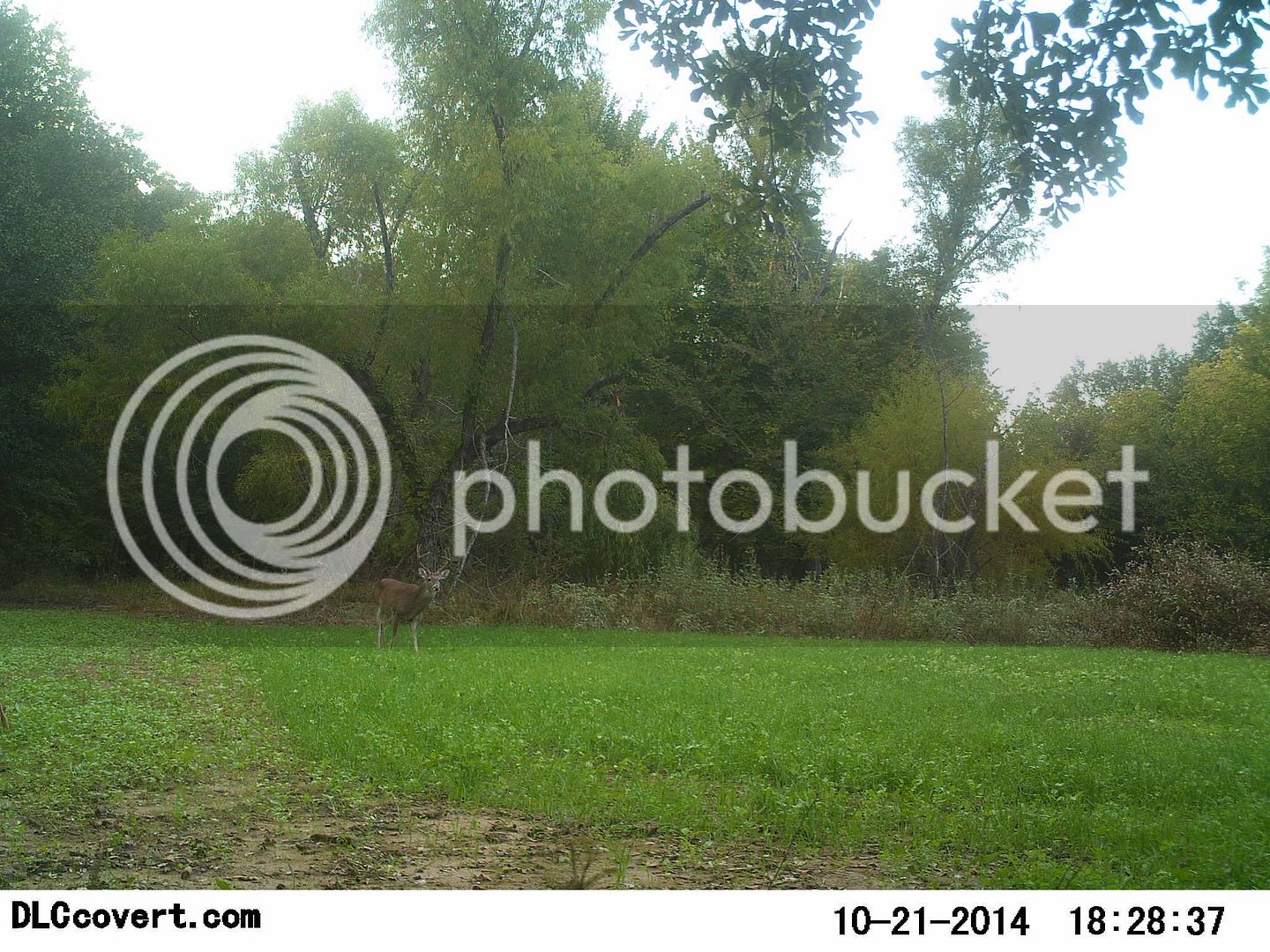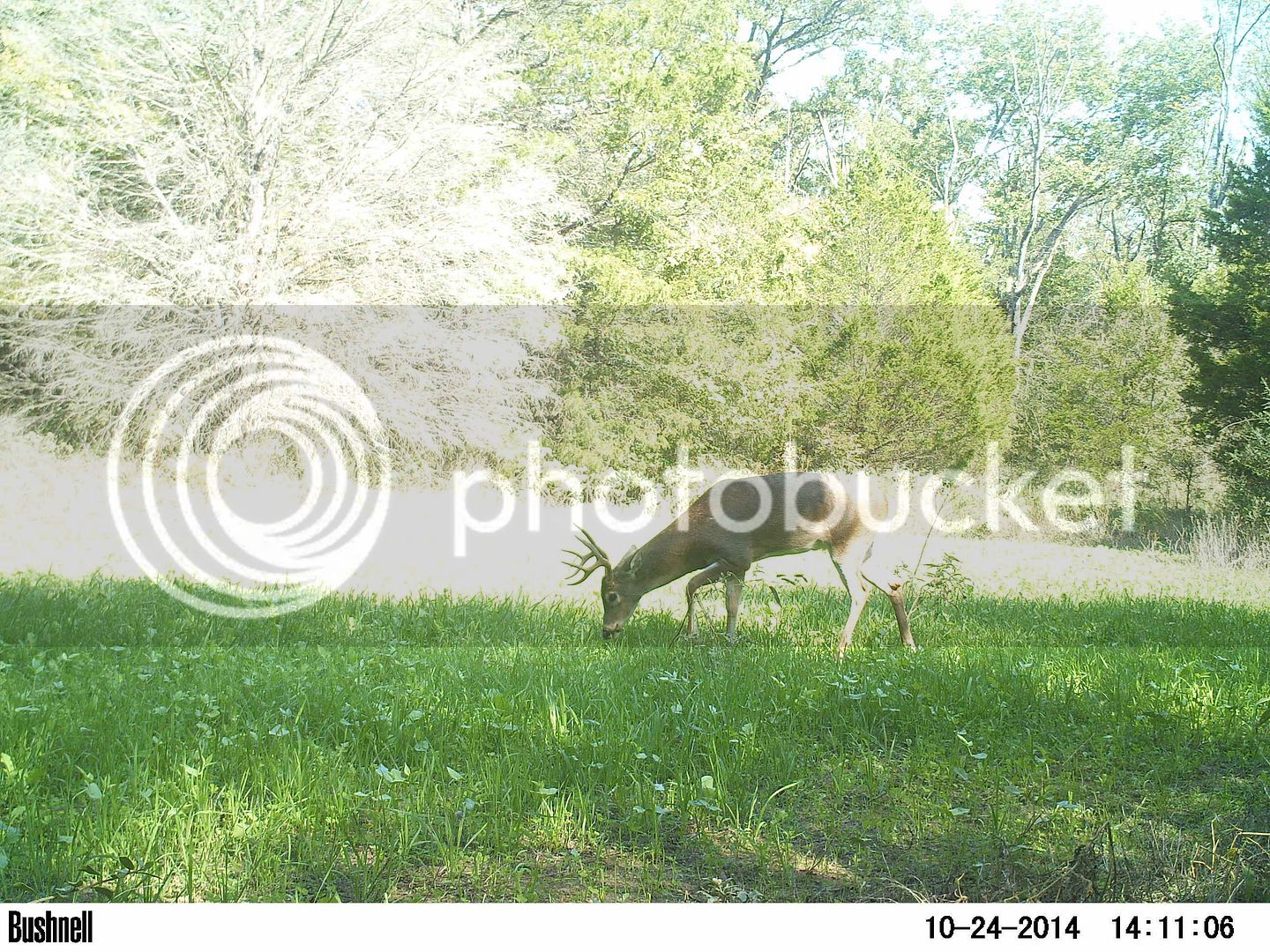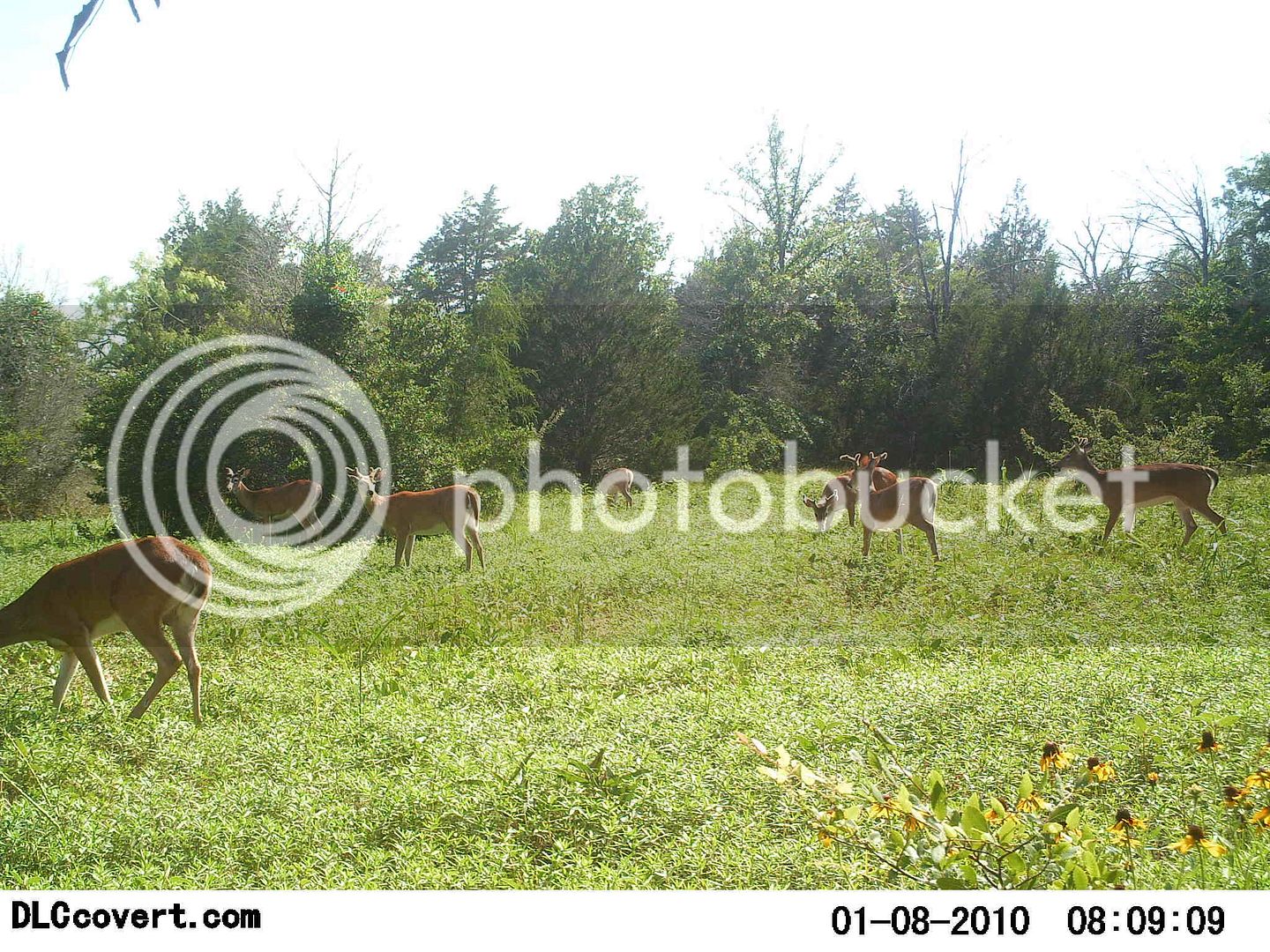1
It’s mid-November and peak breeding is the rut stage at this point. Bucks hammer the plots relentlessly, not for but in search of does in estrus. Does weary of constant hounding, mostly by immature bucks, begin to avoid plots except at night. They also start avoiding their usual runways, while mature bucks beat the runways to death.
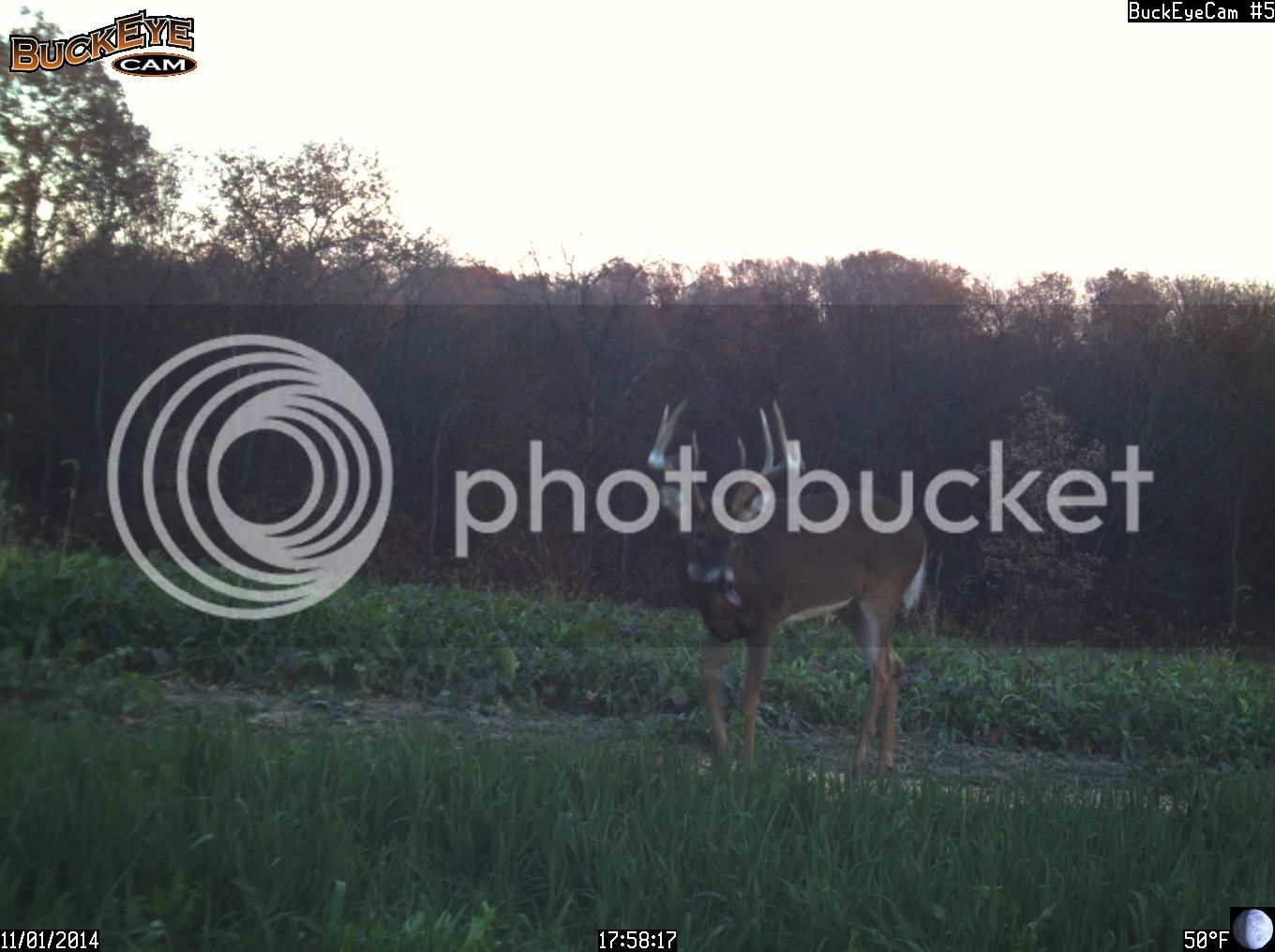
Often 4-5 year old bucks circle feeding areas, using their noses rather than eyes as is often thought. They are wise and efficient compared to 2-3 old bucks, so while it's important to screen the plots it's not necessary to break up the plot itself. I never killed a buck (archery ) in the food plot, I hunted funnels I created using hinging techniques.
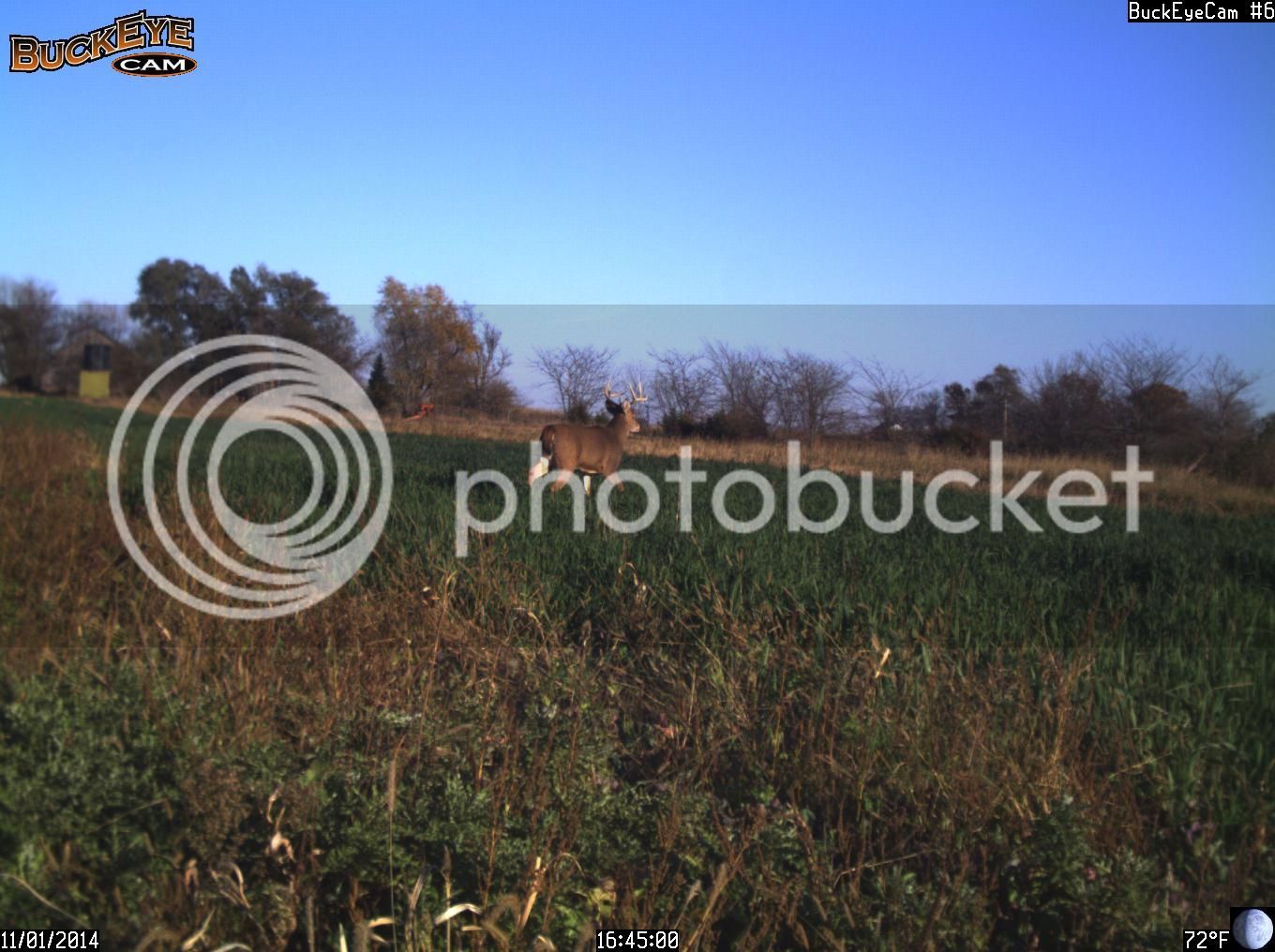
None of the bucks in these pictures are interested in feeding on food of any kind, they are focused does in estrus. Upon finding one the doe often leads him back her bedding area or the pushes her to a remote field away from other deer.
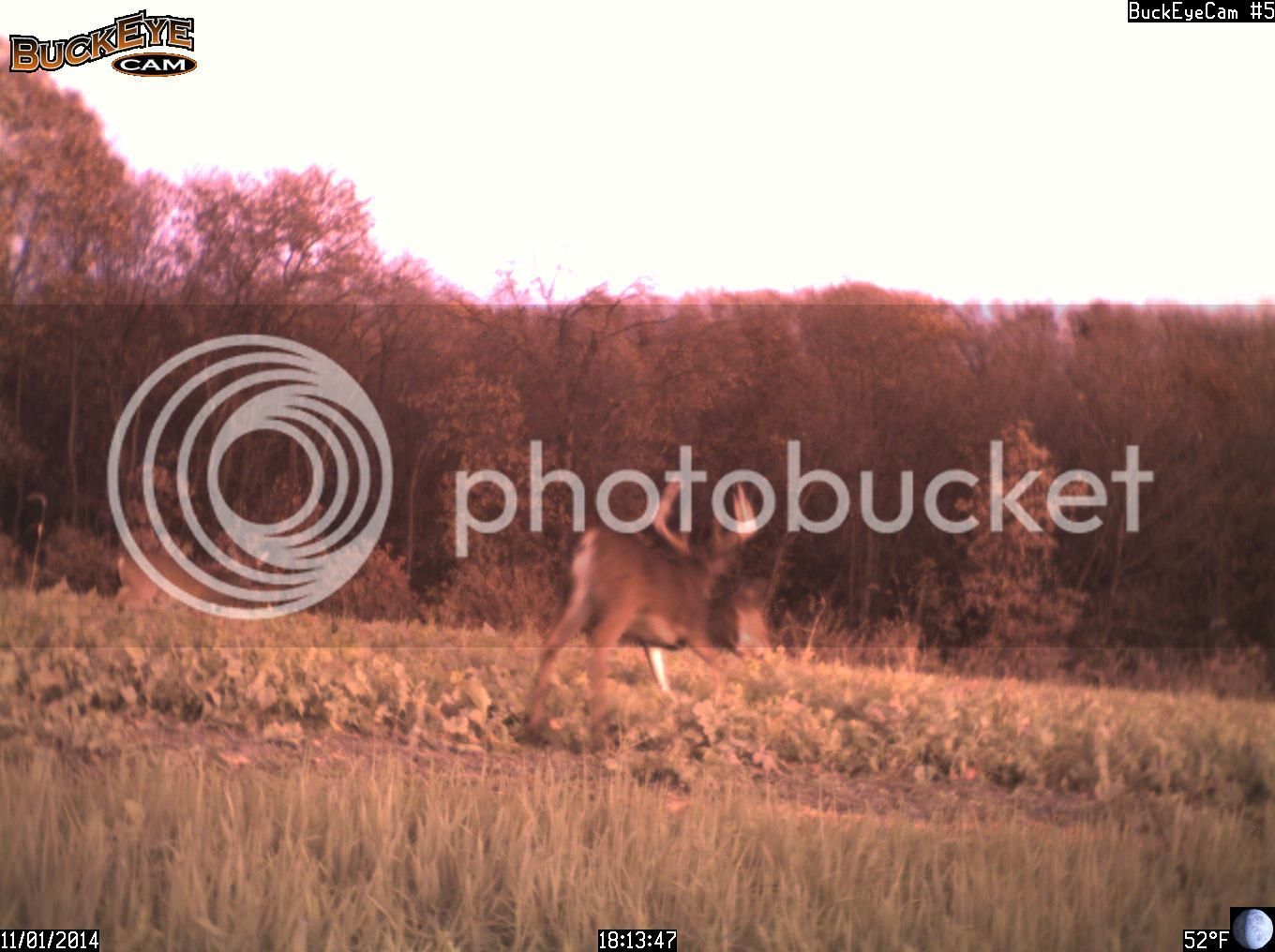
Contrary to the ads we are bombarded with food sources are not going to attract monster whitetails this time of year, does are. Food sources are also incapable of producing giants, only age and genetics can accomplish this.
.
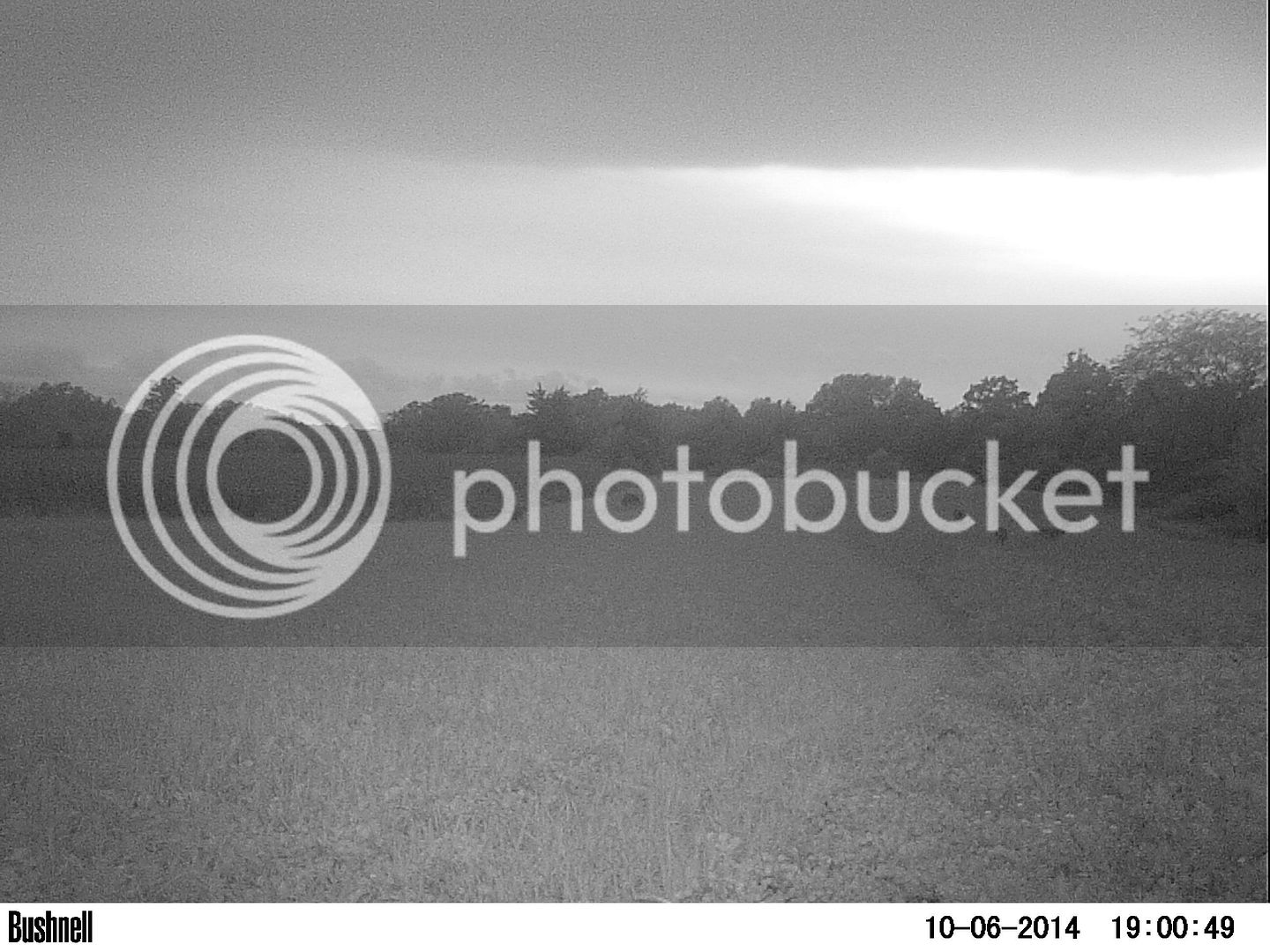
I mention these things because many new landowners understand little about whitetails and less about habitat. Like a young person we can be vulnerable to those shouting that they have easy answers, just get out your wallet! As with all things in life we have educate ourselves and sort fact from hype.
When I asked Jesus into my heart I devoted as time as possible to serving Him by serving others and sharing the Truth in hopes they will follow suit. Funny thing however, the Light is frightening to some for many reasons, like me we cannot be dragged or forced. We need to be beckoned to it like spring rainbow, be it spiritual or management options for your farm. The things I share are true and with variations will work over much of the country.
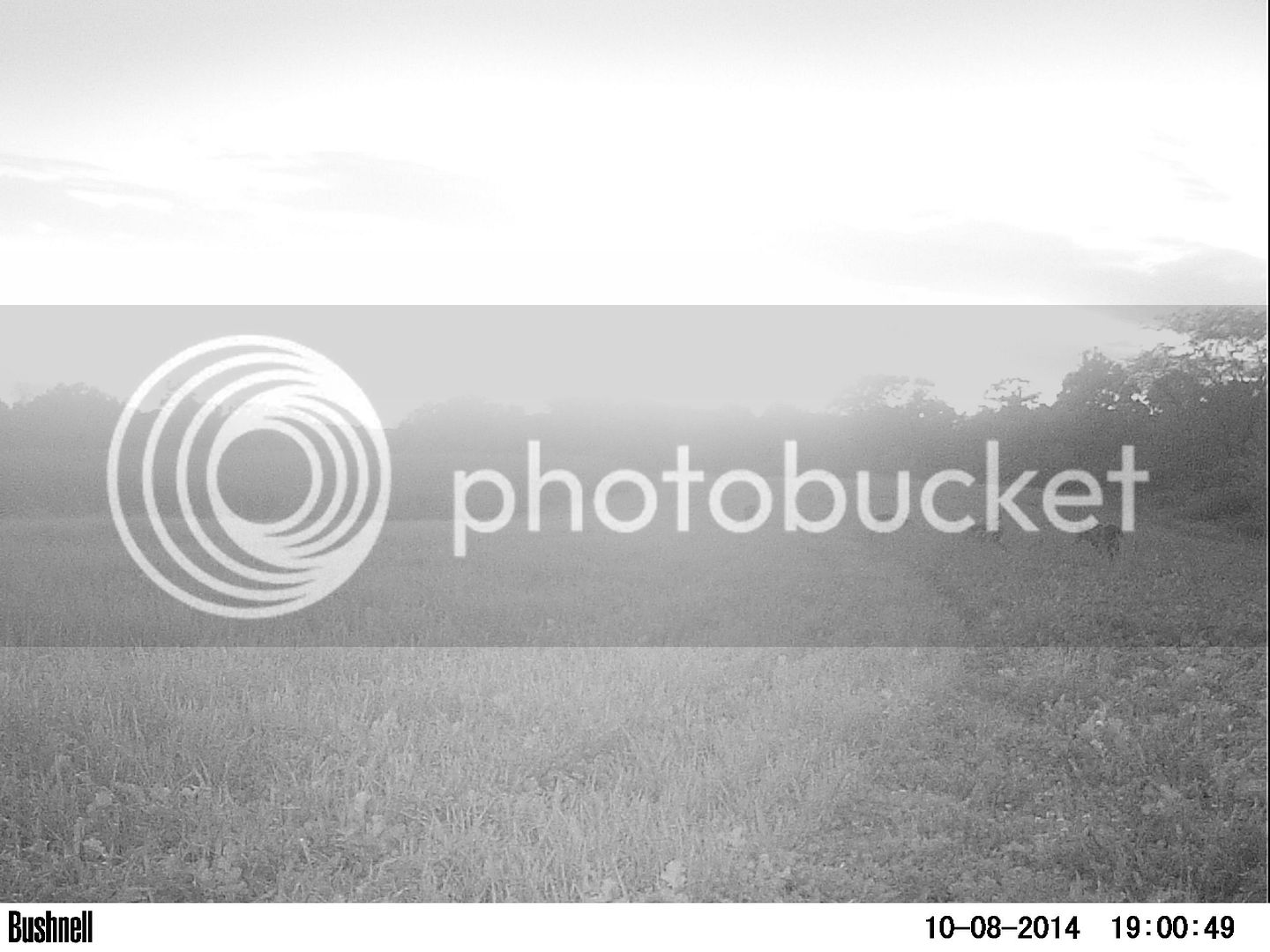
Trail cams don’t lie and provide invaluable information about whitetails, how they live and interact with native and planted habitat. My good friend Bob killed a mature droptine this fall that though 6 years old, had never set foot on his farm before this spring. Once there he roamed the length of the 1000 acre farm, though mature bucks typically have a home range half that size. Where this buck had been living and why he moved remains a mystery but I suspect he remained due to the habitat improvements Bob has made to his farm.
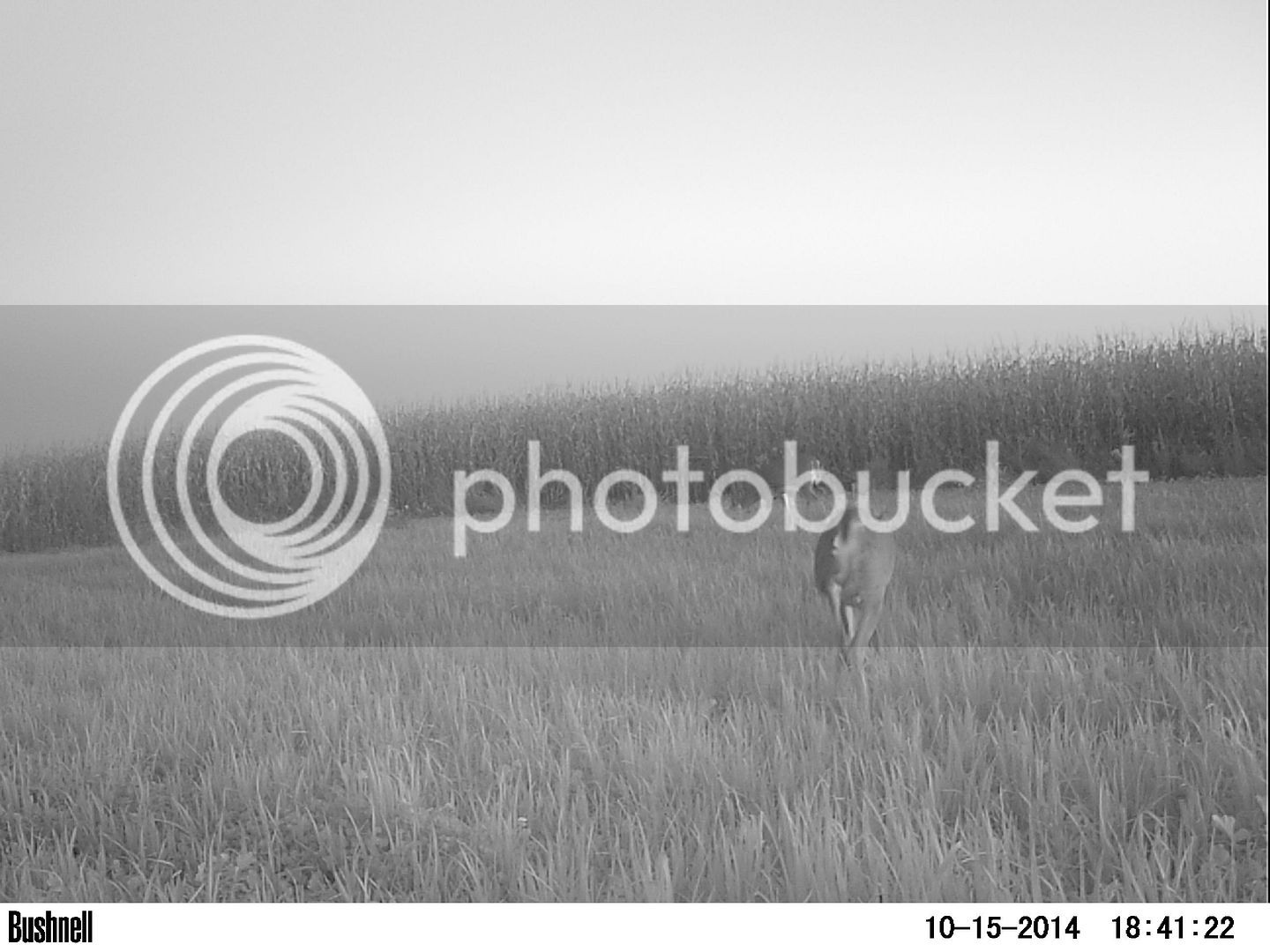
The rye mix is just one very small piece of the habitat pie for Bob like it is for us, it's not the reason that old droptine moved in, it's the whole habitat pie.
Point being don't fall for the hype, I just received an email advertising whitetail oats on sale for nearly $40 a bag!! Typically we pay $12-14 for certified seed oats and slightly more for winter rye. There are only two reasons to pay that much for seed oats, ignorance and greed and hopefully I can help address both issues in the time I have left.
The average hunter landowner didn't grow up farming and hunting all types of wildlife as I did (if you did you were blessed!)
When one's only information comes from ads in hunting magazines its little wonder people think they have to pay outrageous prices for seed.
Society today places so much emphasis on "winning" rather than family and faith so, desperate to find acceptance some will pay anything for seed and gadgets. Surely that will allow us to skip all the hard work and simply bag a giant whitetail. When one's only information comes from ads in hunting magazines its little wonder people think they have to pay outrageous prices for seed.
I urge all of you to keep things in perspective and your priorities in order, enjoy hunting these whitetails God has blessed us with, at same time don't place them above all else.

The rye mix shown above was notill drilled in early September after mowing and spraying. The plot is surrounded by 180 bushel corn which deer ignore, after harvest they will take advantage of spilled grain then focus on the rye mix /brassicas there on out.
Use common sense when planning habitat improvements, ignore the ads and implement a crop rotation like shown below as part of your habitat pie....
Dbltree seed mix and rotation
Plant ALL in one plot in strips or blocks
Alice, Kopu II, Durana (or comparable) white clover 10% of plot, sow at 6#'s per acre with the rye combination in the fall or in the spring with oats and berseem clover. Correct Ph and P&K with soil tests
Brassicas in 45% of plot
Purple Top Turnips 3#
Dwarf Essex Rape 2#
GroundHog Forage radish 5#
Plant in mid to late July in most Midwest states, or 60-90 days before your first killing frost, Use 200#'s of 46-0-0 urea and 400#'s of 6-28-28 per acre. Follow the dead brassicas with oats and berseem or crimson clover in mid spring at 60#'s oats and 12-15#'s berseem clover and/or crimson and/or 50#'s of chickling vetch)
Cereal Grain combo in 45% of plot...we use 50# each rye, oats and peas along with radish and clover seed all planted in half of each feeding area
Winter rye 50-80#'s per acre (56#'s = a bushel)
Spring oats 50-120#'s per acre (32#'s = a bushel)
Frostmaster Winter Peas or 4010/6040 Forage peas 20-80#'s per acre
Red Clover 8-12#'s per acre or white clover at 6#'s per acre (or 20-40 pounds hairy vetch and 20-30#'s crimson clover on sandy soils)
Groundhog Forage Radish 5#'s per acre
Plant in late August to early September, if following well fertilized brassicas use 100 - 200#'s of urea, if starting a new plot add 400#'s of 6-28-28 but for best results soil test and add only what is necessary.
Rotate the brassicas and rye combo each year
